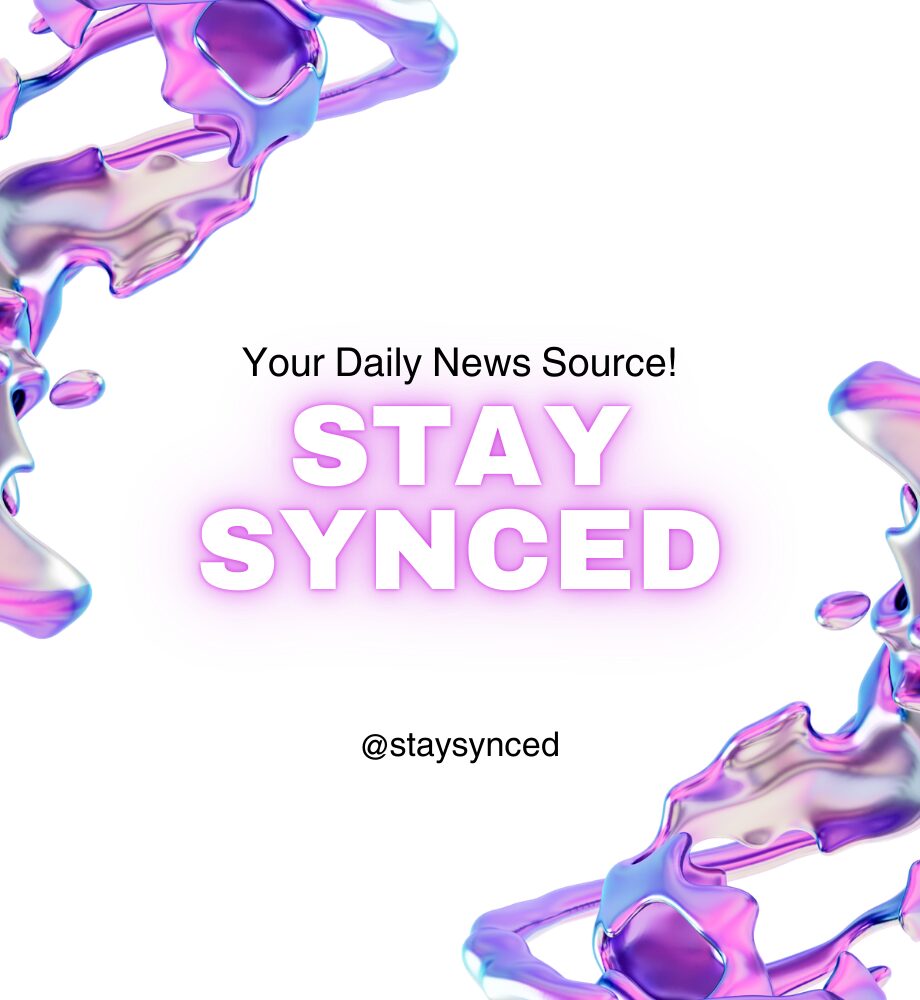OpenAI recently introduced an image generation feature within ChatGPT, powered by the advanced GPT-4o model. This feature allowed users to generate AI-powered images directly in the chatbot, leading to an immediate surge in popularity. Many users experimented with transforming photos into unique artistic styles, including anime-inspired visuals reminiscent of Studio Ghibli.
Why OpenAI Pulled the Feature So Quickly
The rapid adoption of the image generator led to unexpected strain on OpenAI’s infrastructure. CEO Sam Altman acknowledged the issue, joking that their GPUs were “melting” due to overwhelming demand.
To handle the traffic, OpenAI initially introduced rate limits before ultimately disabling the free access to the tool within just one day of launch.
Copyright Concerns and Ethical Debates
The new feature also raised concerns about copyright and intellectual property rights. Users quickly realized they could generate images that imitated the styles of well-known artists and studios, including Studio Ghibli.
To prevent unauthorized imitation, OpenAI restricted prompts that referenced specific living artists, aiming to avoid legal and ethical issues. This move reflects the ongoing debate about AI-generated art and creative ownership in the digital age.
The Future of AI-Generated Content
This incident highlights the challenges faced by AI developers in balancing innovation, ethics, and resource management. As AI-generated content continues to grow, companies must ensure that their technologies respect intellectual property rights and maintain scalable infrastructure for wider adoption.
Despite OpenAI’s setback, AI image generation is expected to evolve, with improved safeguards and responsible deployment strategies.
As of March 31, 2025, OpenAI CEO Sam Altman announced that the image generator is now accessible to all users, including those on the free tier, albeit with limited usage free users can generate up to three images per day.




